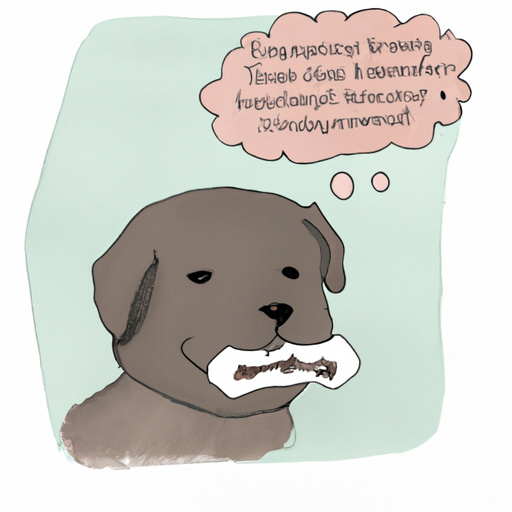As a caregiver, you may have noticed your dog going through a phase of excessive chewing and drooling. This is usually a sign that your dog is teething. It’s a normal part of a dog’s development, much like a human baby. But why do dogs teethe and what can you do to help them through this phase?
Table of Contents
- Understanding the Teething Process
- The Stages of Teething in Dogs
- Signs Your Dog is Teething
- How to Help Your Teething Dog
- Frequently Asked Questions
Key Takeaways
- Dogs teethe to shed their baby teeth and make way for their adult teeth.
- The teething process can cause discomfort and pain to your dog.
- You can help your teething dog by providing safe chew toys, maintaining oral hygiene, and consulting a vet if needed.
Understanding the Teething Process
Just like human babies, puppies are born without teeth. Their baby teeth, also known as deciduous teeth, start to emerge when they’re around 3-4 weeks old. This process is often accompanied by chewy behavior as the new teeth push through the gums, causing discomfort. By the time they’re 6-7 months old, these baby teeth will have been replaced by 42 adult teeth.
The Stages of Teething in Dogs
Teething in dogs happens in different stages. Here’s a brief rundown of what you can expect:
- 3 to 4 weeks – Deciduous teeth start to emerge.
- 8 to 12 weeks – Puppies start losing their baby teeth, starting with the incisors.
- 12 to 16 weeks – The baby canine teeth fall out, making way for adult canines. The premolars also start to come in.
- 6 to 7 months – By this age, most dogs should have all their adult teeth.
It’s important to note that teething timelines can vary for different breeds, so don’t panic if your dog’s teeth are coming in a little early or late.
Signs Your Dog is Teething
You might not always notice when your dog is teething, but there are a few signs to look out for:
- Excessive drooling
- Chewing on furniture, shoes, and other objects
- Loss of appetite
- Swollen, red gums
- Teeth visible in the mouth
If you notice these signs, it’s a good idea to check your dog’s mouth for new teeth. You can find more information on how to do this safely here.
How to Help Your Teething Dog
Teething can be a tough time for your dog, but there are ways you can help. Here are a few tips:
- Provide Safe Chew Toys: Chew toys can provide some relief for your dog’s sore gums. Make sure to choose toys that are safe and suitable for your dog’s size and breed. You can find a list of recommended chew toys here.
- Maintain Oral Hygiene: Brushing your dog’s teeth regularly can help prevent dental problems. It’s also a good idea to check their mouth regularly for any signs of infection.
- Consult a Vet: If your dog seems to be in a lot of pain or isn’t eating properly, it’s best to consult a vet. They can provide pain relief and check for any other potential issues.
Frequently Asked Questions
1. Can teething cause diarrhea in dogs?
While some dogs may experience diarrhea during teething, it’s not a common symptom. If your dog has diarrhea, it’s best to consult a vet to rule out other causes.
2. When do dogs stop teething?
Most dogs stop teething by the time they’re 6-7 months old. However, the exact timeline can vary depending on the breed.
Remember, teething is a normal part of your dog’s development. As a caregiver, your role is to make this process as comfortable as possible for your dog. With patience and care, you can help your dog through this teething phase. For more information, you can visit One Top Dog.



